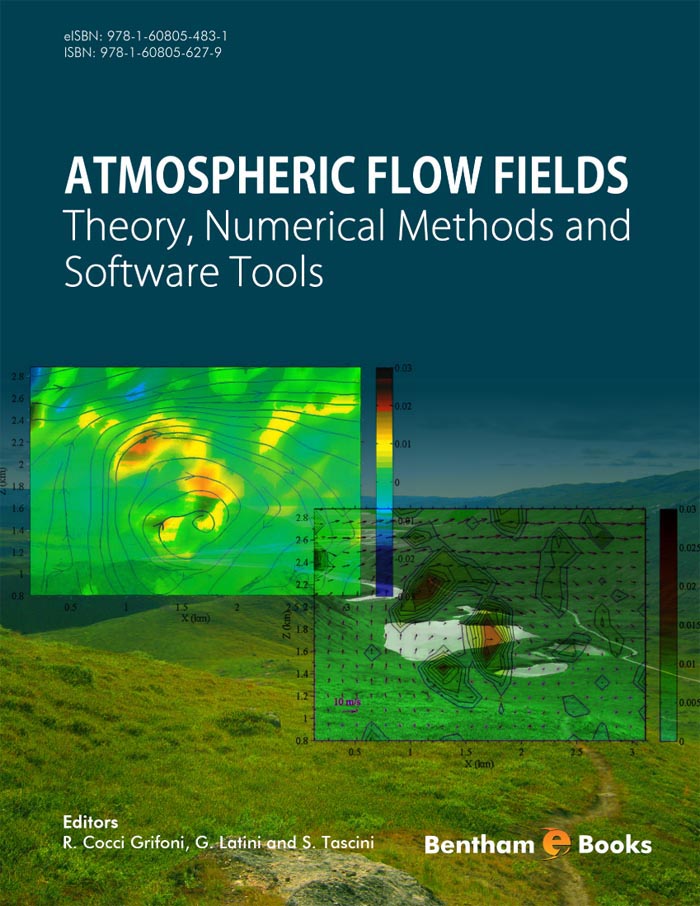The emissions of polluting agents in the atmosphere due to anthropogenic activities are a global threat both to the environment and to the ecosystems. From this point of view, the meteorological variables play a key role, as they can trigger forcing effects able to either worsen or improve the quality of the air.
The EC has ratified the UN Convention on climate changes and consequently acceded to the Kyoto Protocol on a reduction of polluting gases. Under these treaties the international Community has committed to comply with those policies necessary to reduce atmospheric emissions.
These policies mainly provide for a reduction of polluting emissions deriving from the use of fossil fuels versus incentive measures for renewable energy sources.
Monitoring the flows of polluting gases released by the anthropogenic systems has become an urgent priority in order to disperse and diffuse those gases according to the environment variables and geomorphologic characteristics of an area. In this sense, the use of mathematical models able to forecast phenomena of polluting gases release and dispersion requires the skilful utilization of atmospheric data.
The whole of harmful effects due to the action of unbalancing polluting (alteration) factors affecting the lower atmosphere, and therefore living beings, are a consequence of the byproducts of human activities dispersing into the air (factories, car exhausts, etc.), and natural components. A shared commitment to both reduce its causes and gain a detailed understanding of the phenomena and processes that determine an excess of polluting agents is therefore essential in order to control their impact. To forecast the atmospheric polluting phenomena it is necessary a knowledge of the dynamics of the lower part of the atmosphere where human activities take place – specifically the Planetary Boundary Layer (PBL), the interface between the surface and the free atmosphere, and therefore under the direct influence of the processes at ground level.
The issue addressed in this text is to attentively analyze the atmospheric flow fields within the PBL, and the possible influences of certain meteorological phenomena in the presence of polluting incidents. It is common knowledge that meteorology plays a key role in dispersing the atmospheric pollutants; specifically, the development of certain mesoscale circulation phenomena can jeopardize the quality of the air in the regions involved, due to their reduced diluting capacity.
Moreover, the characteristics of a specific region make the analysis of the diffusive phenomena, and the respective atmospheric dynamics, even more complex. The presence of the sea in the Italian regions surveyed - valley-coastal areas or with a complex orography, is doubtlessly the characteristic that influences most meteorology in the areas surveyed.
This volume features a collection of useful and interesting theoretic and experimental contributions on atmospheric flows through anemological, energetic and air quality assessments regarding complex regions. These contributions acknowledge the importance of both the dispersive and diffusive phenomena in the atmosphere, but also the possible development of renewable energy sources thanks to a thorough investigation on atmospheric dynamics.
The challenging relation between energy and environment has always been emblematic: the preservation of the environment, life standards, and the very salvation of our planet have been growing momentum among the interests to be protected, and therefore drawn the line on the importance of development, particularly of fossil energy as a primary source for development itself.
The sustainable development formula has therefore been drawn up to match the development with the environment demands. This formula is partially ambiguous since it still presupposes a priority of a value – the development, vis-à-vis the environment is considered as a mere limit. The solution of this deep dichotomy can only come through a thorough knowledge of the meteorologic-climatic aspects and the energetic potentialities of a specific region, so that their advantageous use aiming at improving the difficult relation between energy and environment can be achieved.
Marco Pacetti
Rector of the Polytechnic University of Marche
Italy





